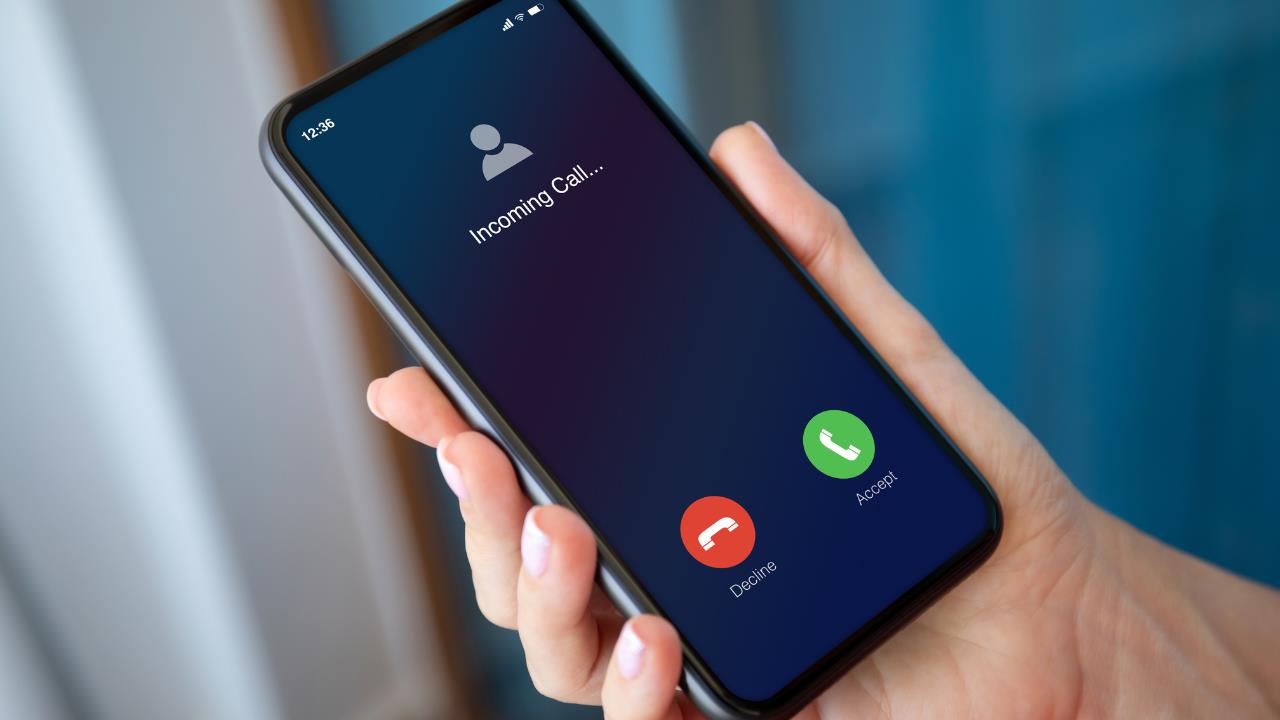||
Customers expect more from today’s small businesses than ever before. Here are the 10 most common customer pain points and how to fix them.
Most Common Customer Pain Points
Providing Inaccurate Information

It doesn’t matter what kind of small business you have, clients who call you or contact you online are looking for good advice. If your customer service department provides bad information, you’re making the situation worse and harming your brand even further.
There’s a quick fix here. An accepting business culture where people comfortable enough to find the right answer even if it takes a few moments pays off in the long run. This type of atmosphere let’s people feel comfortable about contacting supervisors or other employees with more information.
Creating Hard-to-Navigate Customer Service Channels

A big percentage of shoppers will abandon their purchases if they can’t find a quick online solution for any issue. Hard to navigate channels give the impression that your company doesn’t want to solve the problem.
Having a variety of ways customers can contact you is the solution. For example, you can use online forms and telephone numbers as well as instant messaging portals.
Not Listening

Another good way to cause some friction between you and your customers is asking them to repeat themselves.
Automation can come to the rescue here. There’s a variety of different ways to collect their information like quick online forms. That way when you call them you’ll have the high points in front of you and they won’t need to explain them.
Being Impolite
There’s nothing worse for your small business bottom line than being rude to customers.
Small businesses should designate at least one employee to handle these calls. That person or team needs to be trained in best practices and how to defuse irate customer situations.
Here are some alternative ways to deal with angry customers:
Having High Delivery Charges
Customers might want to buy goods or services from your small business until a delivery charge becomes a pain point.
Outsourcing this service can bring the prices down. For example, UPS has automated the process for small businesses so they can compete with the bigger players.
Having Complicated Fees

By and large, customers react adversely to extra charges and especially those that aren’t explained properly. Of course, that’s not to say that you shouldn’t add to your base price but being transparent helps.
A good rule of thumb here is to describe any additional fees on your bill clearly and concisely. Remember never to complicate an invoice by just adding a fee without an explanation.
Here’s how you can refine their practices around fees to maintain transparency and customer trust:
- Simplified Fee Structure: Streamline the number of fees and clearly itemize them on invoices and billing statements. This practice helps customers understand what they are paying for and why, reducing confusion and potential mistrust.
- Transparent Communication: Prior to a transaction, communicate any additional fees customers may incur. Whether it’s a service charge, convenience fee, or something else, preemptive communication can prevent the shock of unexpected costs.
- Accessible Fee Breakdown: Provide a detailed, easy-to-understand breakdown of all fees on your website or in brochures. It’s essential for customers to access and review what the fees entail, and how they contribute to the total cost.
- Customer Service Training: Ensure that all customer service representatives are thoroughly trained on the fee structure. They should be capable of explaining the fees confidently and resolving any disputes or confusions, reinforcing customer trust through informed communication.
Putting Customers on Hold

One sure fire way to lose a sale is to put a customer on hold and make them wait for an answer. Today’s customers expect immediate satisfaction and research says you have less than a minute to resolve their issues before they move on.
Making sure that they don’t feel like you’re wasting their time is essential. That’s why small business should always have a callback feature added to their customer service toolkit. Although most customers prefer to speak to a live agent, this kind of callback option is in second place when it comes to customer preferences.
Lack of Personalized Solutions
Customers often become frustrated when they receive generic responses that don’t address their specific concerns or needs. This can give the impression that your business doesn’t understand or care about individual customer experiences.
You can solve this by investing in customer relationship management (CRM) systems can help you track individual customer preferences and history. Training customer service representatives to tailor their responses to each customer, and taking the time to understand each complaint or query fully, can make a world of difference.
Ignoring Customer Feedback
Customers need to know that their opinions are valued. If you’re not acknowledging feedback, or worse, you’re dismissive of complaints, customers will feel unappreciated and disregarded.
The solution is to create easy avenues for feedback such as online surveys, feedback forms, or direct calls, and show visible changes based on that feedback. When customers see their suggestions implemented, they feel integral to your business’s growth and improvement.
Inconsistent Service Quality
When customers receive varying levels of service quality, they are left unsure of what to expect from your business, leading to decreased trust and reliability.
The solution is to standardize training procedures to ensure every team member is on the same page regarding how to handle customer interactions. Regularly update and refresh training programs, and monitor customer service channels to maintain a consistent quality level that customers can rely on.
By addressing these pain points, businesses can enhance the overall customer experience, leading to higher satisfaction, increased loyalty, and positive word-of-mouth promotion.
Most Common Customer Pain Points Summary
| Customer Pain Points | Problems They Cause | Potential Solutions |
|---|---|---|
| Providing Inaccurate Information | Leads to customer frustration and distrust in the brand, jeopardizing client relationships. | Cultivate a business culture focused on fact-checking and thorough knowledge. Encourage staff to seek assistance for correct information. |
| Creating Hard-to-Navigate Customer Service Channels | Causes purchase abandonment and signals a lack of interest in customer convenience and problem resolution. | Implement user-friendly service channels, like online forms, easy-to-find contact information, and instant messaging options. |
| Not Listening | Asking customers to repeat themselves shows a lack of attention, diminishing their overall experience. | Use CRM systems and online forms to retain customer information and history, preventing repetitive interactions. |
| Being Impolite | Rudeness or unprofessionalism can instantly sour a customer's perception of the business. | Designate trained professionals to handle communications, teaching best practices for maintaining courtesy under pressure. |
| Having High Delivery Charges | Extra costs can deter customers from finalizing purchases, affecting sales and customer retention. | Explore outsourcing options or partnerships with delivery services to reduce costs for customers. |
| Having Complicated Fees | Unexplained or hidden fees can cause confusion and suspicion among customers, harming trust. | Simplify and clearly explain any additional fees, ensuring transparent communication both pre- and post-sale. |
| Putting Customers on Hold | Long wait times signal disrespect for customers' time, potentially driving them to competitors. | Integrate efficient customer service tools, like a callback feature, to respect and optimize the time of the callers. |
| Lack of Personalized Solutions | Generic responses make customers feel undervalued and misunderstood. | Invest in CRM systems and train employees to tailor solutions and responses to individual customer needs. |
| Ignoring Customer Feedback | Neglecting customer opinions can make them feel unimportant and disconnected from the brand. | Establish accessible feedback channels and visibly implement changes based on customer suggestions. |
| Inconsistent Service Quality | Variability in service creates unpredictability, eroding customer trust and satisfaction. | Standardize training procedures and consistently monitor service quality to ensure reliable customer interactions. |
Photo via Shutterstock
This article, "10 Most Common Customer Pain Points and How to Fix Them" was first published on Small Business Trends
||----------------------------------------------------------------
By: Rob Starr
Title: 10 Most Common Customer Pain Points and How to Fix Them
Sourced From: smallbiztrends.com/2023/10/most-common-customer-pain-points.html
Published Date: Tue, 24 Oct 2023 13:30:03 +0000






